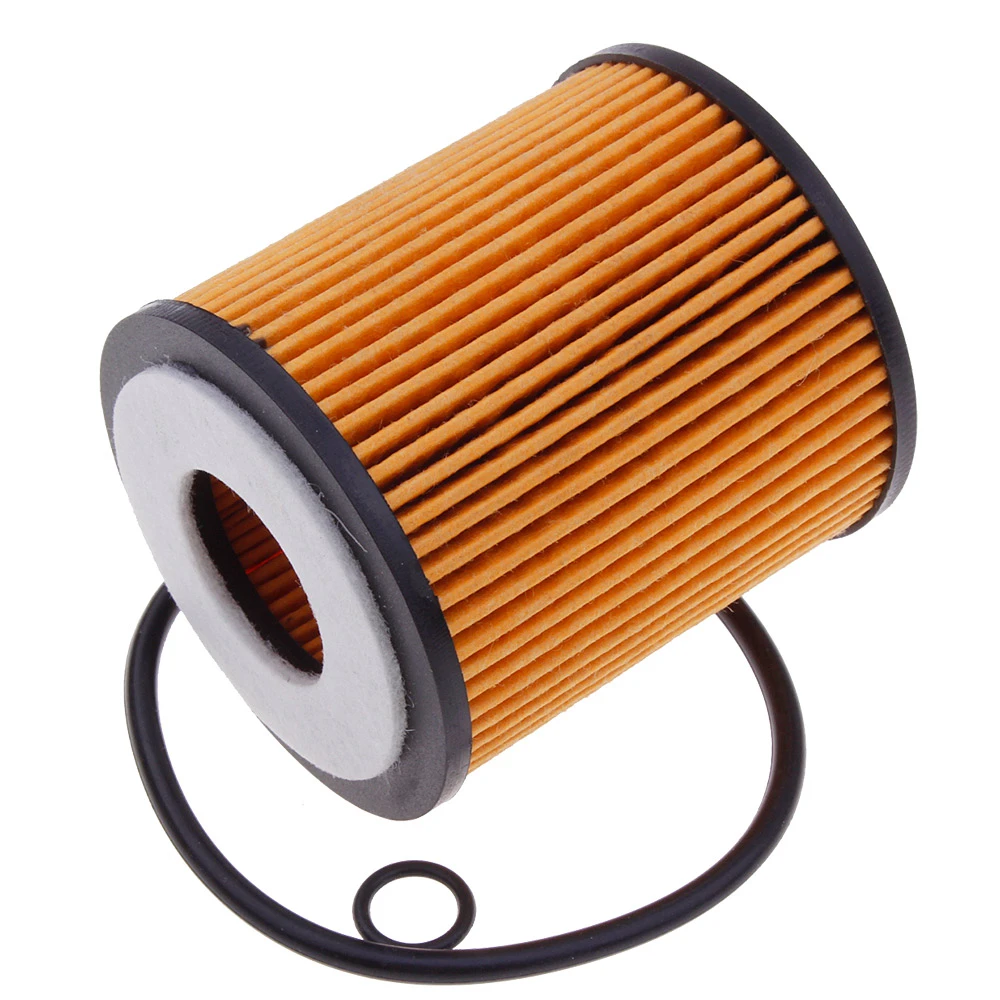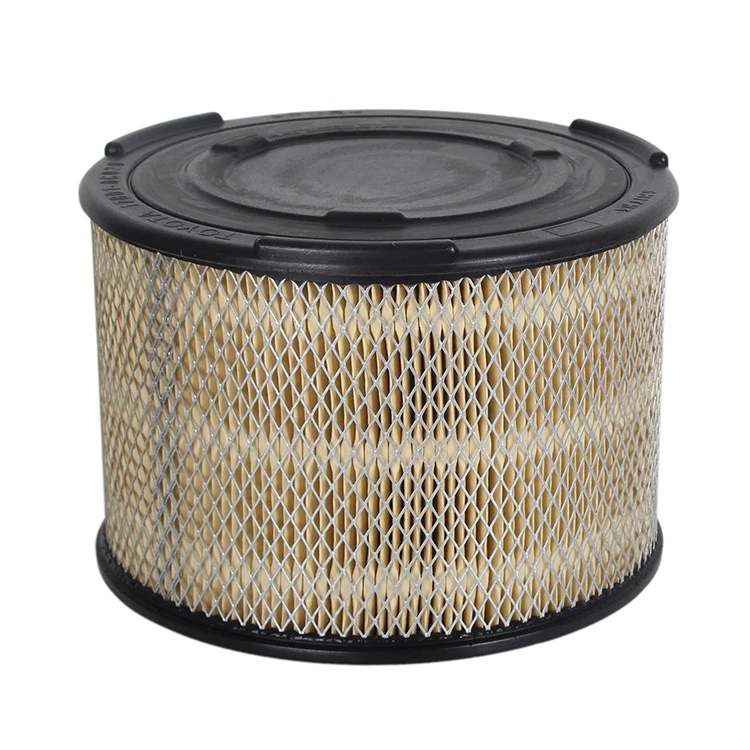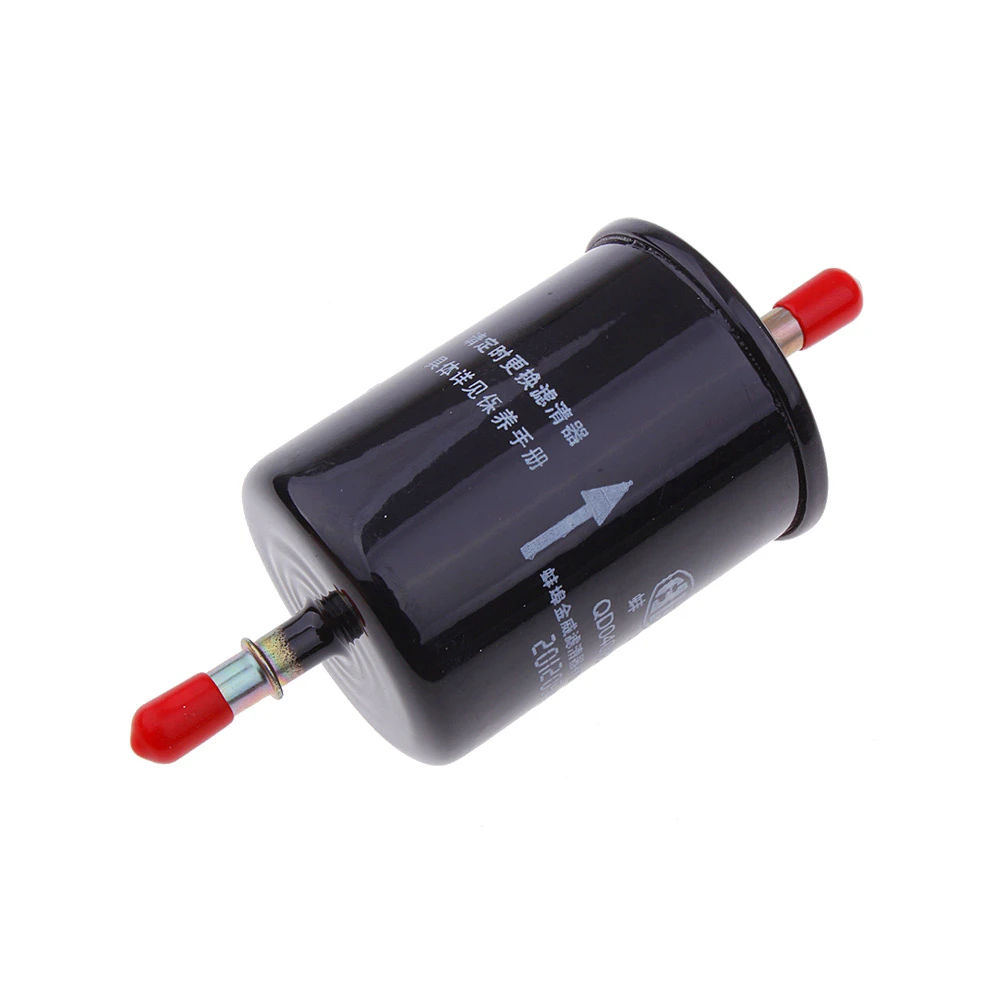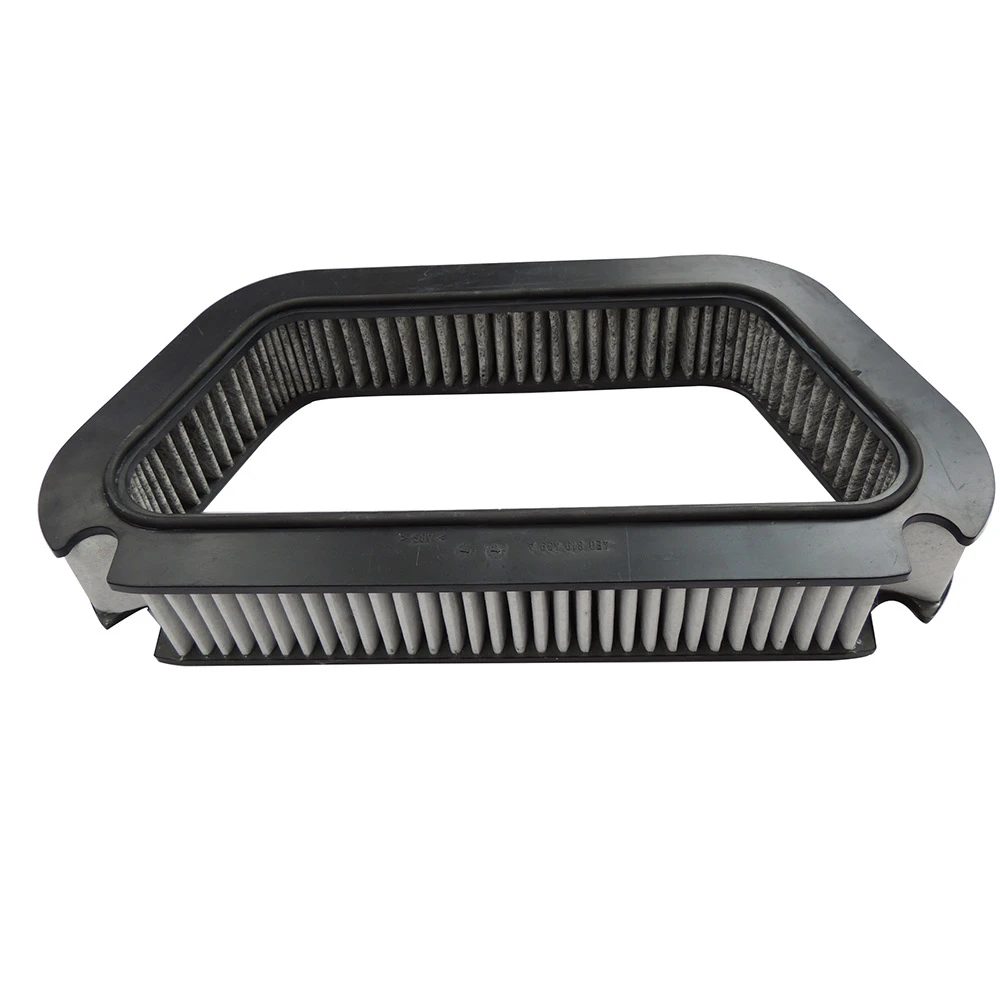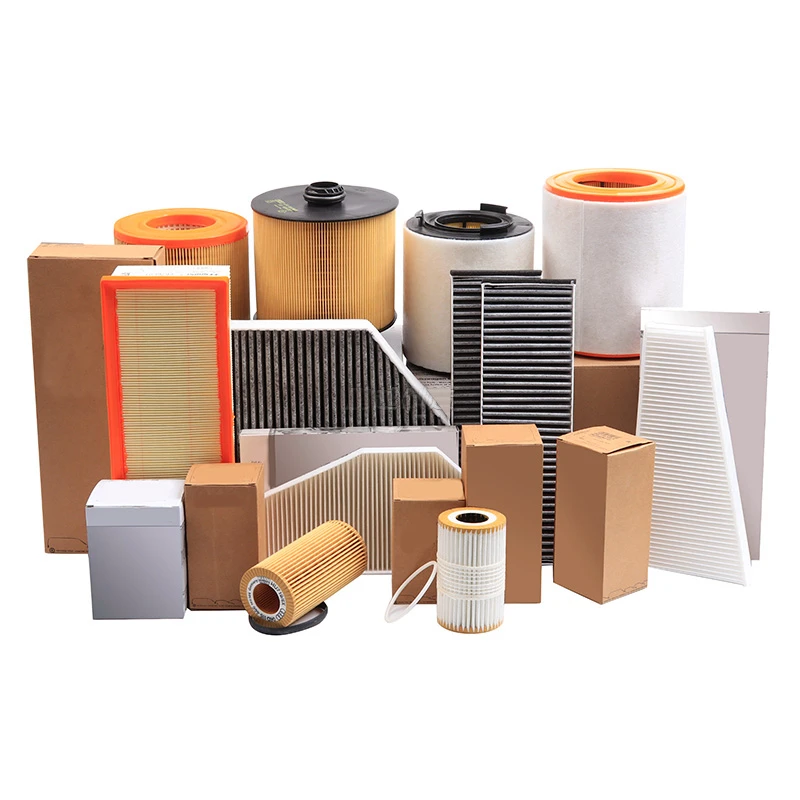
- Introduction: Clarifying the Importance of Replacing Your Cabin Air Filter
- Understanding the Role of Cabin Air Filters in Modern Vehicles
- Manufacturer Recommendations vs. Real-World Data
- In-depth Comparison of Filter Brands and Technologies
- Custom Solutions for Varied Environments and Professional Needs
- Application Cases: Real-World Scenarios and User Benefits
- Conclusion: How Often Should You Replace Car Cabin Air Filter for Optimal Performance?
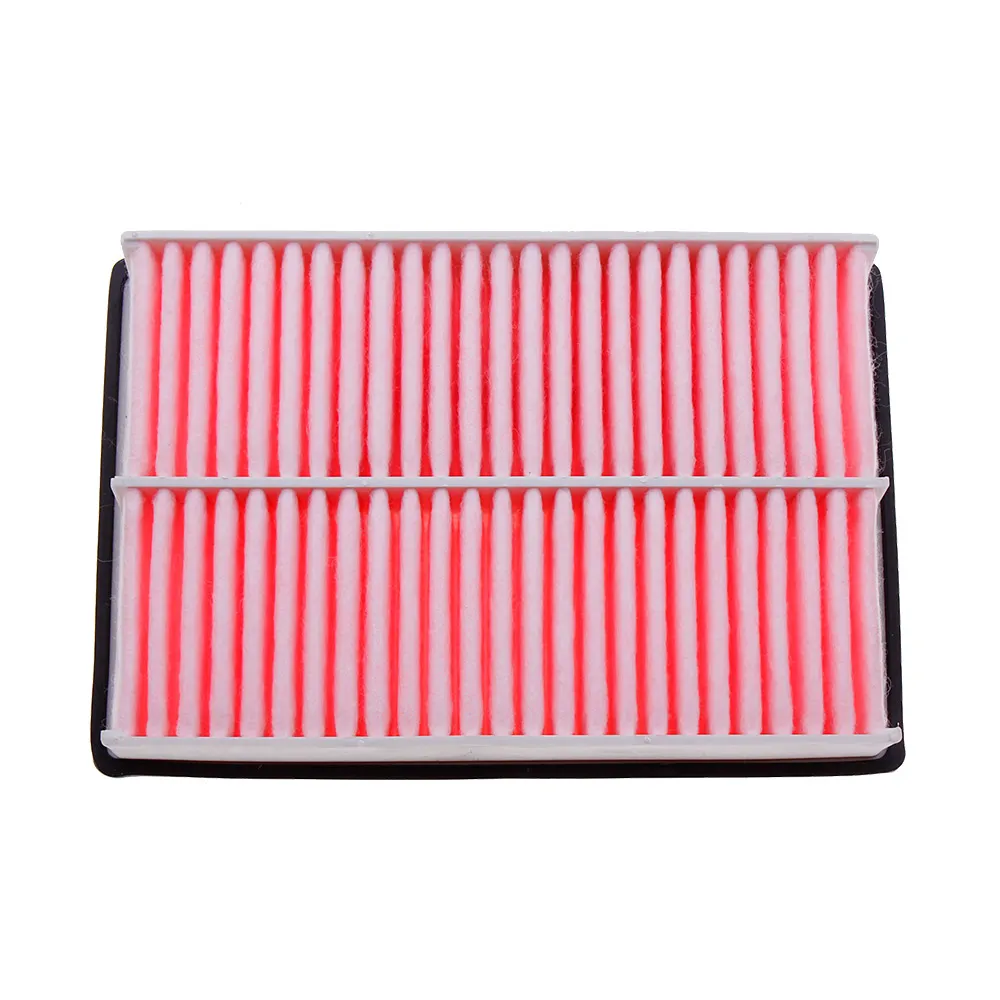
(how often should you replace car cabin air filter)
Introduction: How Often Should You Replace Car Cabin Air Filter?
The frequency at which you should replace your car cabin air filter represents more than just a matter of routine car maintenance—it has direct implications for your health, vehicle performance, and long-term cost savings. Despite its often unnoticed presence, neglecting the cabin air filter can allow particulate matter, pollen, and pollutants to enter your car’s interior, creating risks for allergies and respiratory health. As the primary guide for drivers questioning "how often should you replace car cabin air filter
", this article explores manufacturer guidelines, technological advancements, filter brand comparisons, custom solutions for particular environments, and actual application scenarios. Drawing on up-to-date industry data and expert standards, we clarify what really works for today’s drivers and vehicles, empowering you to make smarter, data-driven decisions.
Understanding the Role of Cabin Air Filters in Modern Vehicles
Cabin air filters are the first line of defense against airborne contaminants entering your vehicle's HVAC (heating, ventilation, and air conditioning) system. According to data from the Environmental Protection Agency, Americans spend more than 290 hours per year inside their vehicles—making indoor air quality crucial. Modern vehicles, especially since the early 2000s, are fitted with advanced multi-layered cabin air filters designed to trap pollutants, allergens, mold spores, and even some exhaust gases. For drivers in dense urban environments or allergy-prone regions, using high-efficiency particulate air (HEPA) or activated carbon filters is now a standard recommendation. Notably, a clogged or neglected filter can reduce airflow by up to 34%, strain HVAC components, and decrease overall cooling or heating efficiency by nearly 15%. Timely replacements ensure not only clean air but optimal vehicle system performance.
Manufacturer Recommendations vs. Real-World Data
The owner's manual for most cars generally suggests the cabin air filter should be replaced every 12,000 to 15,000 miles, or once annually, whichever comes first. However, research by industry analysts reveals that real-world factors—ranging from local air quality to driving patterns and climate conditions—significantly affect actual filter lifespan. In regions with high pollution, frequent off-road driving, or during pollen season, filters can accumulate debris and allergens much faster, reducing efficacy. Below is a table comparing recommended intervals versus observed replacement needs in various environments:
| Environment | Manufacturer Recommended Interval (Miles) | Average Real-World Interval (Miles) | Critical Contaminants |
|---|---|---|---|
| Urban/City | 15,000 | 9,000 | Dust, Exhaust, Pollen |
| Rural/Country | 15,000 | 12,000 | Mold Spores, Seed Fluff |
| Industrial/High Pollution | 12,000 | 8,000 | Fine Particulate, Industrial Pollutants |
| Seasonal Allergy-Prone | 12,000 | 7,500 | Pollens, Mold Spores |
This emerging evidence suggests a tailored approach is needed. Drivers should regularly inspect filters during routine maintenance, particularly after exposure to dust storms, wildfire smoke, or heavy vehicle use during allergy seasons.
In-depth Comparison of Filter Brands and Technologies
Numerous cabin air filter manufacturers compete based on filtration effectiveness, material technology, lifespan, and price-performance ratios. Let’s examine how leading brands stack up by major parameters:
| Brand | Filtration Type | Filtration Efficiency (%) | Longevity (Miles) | Special Features | Average Retail Price (USD) |
|---|---|---|---|---|---|
| Bosch HEPA | HEPA | 99.97 | 12,000 | Allergen-blocking, Bacterial Protection | 30 |
| Fram Fresh Breeze | Activated Carbon | 98.0 | 15,000 | Odor Removal, Antimicrobial Coating | 21 |
| EPAuto Premium | Combination | 98.5 | 13,000 | Enhanced Pollen Protection | 14 |
| Mann-Filter CUK | Activated Carbon | 96.0 | 12,000 | Odor Control, Non-Shedding | 19 |
| K&N Washable | Reusable Synthetic | 95.0 | 50,000 | Washable, Eco-Friendly | 47 |
K&N washable filters require periodic cleaning every 12,000 miles rather than replacement.
The choice of filter type depends on whether your priority is allergen control, odor elimination, maintenance frequency, or reduced environmental impact.
Custom Solutions for Varied Environments and Professional Needs
Different environmental and occupational demands dictate the selection and replacement intervals of cabin air filters far beyond manufacturer averages. Commercial fleets, taxis, ride-share services, and emergency vehicles often encounter far higher air contamination densities due to long daily mileages and varied passenger traffic. Custom-designed filter solutions—such as dual-layer HEPA plus carbon filters, antimicrobial treatments, and washable/reusable models—address these intensive needs. For instance, in the logistics sector, trucks frequently crossing industrial corridors benefit from filters rated against ultrafine particulates and VOCs (volatile organic compounds). Meanwhile, urban public transit buses implement high-frequency change schedules, sometimes every 2,000–4,000 miles, to assure passenger comfort and regulatory compliance. Consulting with filter suppliers who offer tailored specification sheets can help you align product choices with real-world vehicle usage, ensuring both cost efficiency and protection.
Application Cases: Real-World Scenarios and User Benefits
Beyond theoretical guidelines, drivers have reported tangible improvements in air quality and health after adhering to evidence-based cabin air filter replacement schedules. For example, a fleet-serving delivery service in Los Angeles documented a 40% drop in crew reports of allergy symptoms after switching from standard filters to HEPA-grade models with a 9,000-mile replacement cycle. Similarly, a rideshare driver operating in Chicago’s city core reported noticeably reduced cabin odors and faster HVAC defogging after replacing the OEM filter with a carbon-activated alternative at 10,000-mile intervals. A study involving 200 typical drivers conducted by a leading automotive service network found that those who replaced their filter every 12,000 miles achieved an average of 13% reduction in in-cabin dust and allergen loads, as measured by in-vehicle air quality sensors.
Conclusion: How Often Should You Replace Car Cabin Air Filter for Optimal Performance?
In summary, while manufacturer recommendations for cabin air filter replacement average around 12,000 to 15,000 miles, adapting maintenance to your driving conditions, regional air quality, and vehicle type delivers the best results. High-grade filters (HEPA, activated carbon) are best suited for urban, high-pollution, and allergy-prone environments, while regular inspection should become standard practice for all. Competitive brand offerings provide multiple solutions to balance longevity, filtration, and cost. Ultimately, understanding how often should you replace your cabin air filter ensures superior comfort, health, and value from your vehicle. Making cabin air filter replacement an unmissable part of routine car care is the simplest way drivers can protect themselves, their passengers, and their investment.
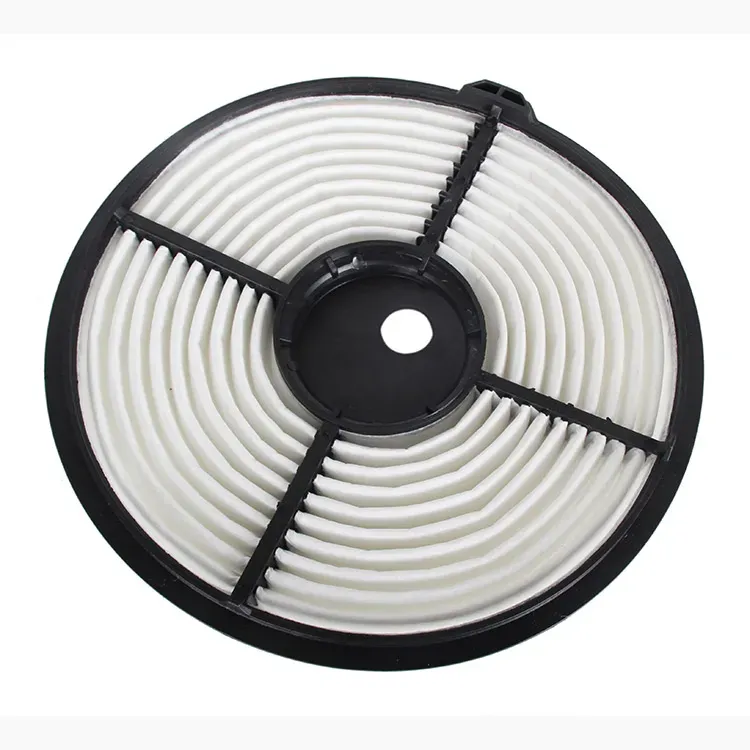
(how often should you replace car cabin air filter)
FAQS on how often should you replace car cabin air filter
Q: How often should you replace car cabin air filter?
A: It's generally recommended to replace your car cabin air filter every 12,000 to 15,000 miles or once a year. However, check your owner's manual for specific recommendations. Driving in heavy traffic or dusty areas may require more frequent replacements.Q: How often should you replace your cabin air filter?
A: Most manufacturers advise replacing the cabin air filter every year or 15,000 miles, whichever comes first. If you notice reduced airflow or bad odors, replace it sooner. Always refer to your car’s manual for the best guidance.Q: How often should you replace air filter in car?
A: The general suggestion is to change your car’s air filter every 12,000 to 15,000 miles. Local conditions or driving habits may shorten this interval. Consult your vehicle’s manual for precise intervals.Q: What are signs that your cabin air filter needs replacement?
A: Common signs include reduced air flow from vents, unpleasant odors, or increased dust in your car. If you notice these symptoms, check your cabin air filter promptly. Regular replacements help maintain good air quality.Q: Can I replace the cabin air filter myself?
A: Yes, most cabin air filters are simple to access and replace with basic tools. Your owner's manual typically provides step-by-step instructions. Doing it yourself can save money and ensure prompt maintenance.-
Vehicle Performance with Premium Car Filter SolutionsNewsJul.02,2025
-
Upgrade Engine Performance with Timely Air Filter MaintenanceNewsJul.02,2025
-
Optimize Vehicle Health with Timely Air Filter ReplacementNewsJul.02,2025
-
Every Drive with Next-Level Car Filtration SystemsNewsJul.02,2025
-
Driving Comfort with Advanced Air Filtration SystemsNewsJul.02,2025
-
Cleaner with Next-Generation Automotive Air FiltrationNewsJul.02,2025
-
The Importance of Cabin Filter and Engine Filter: The Role and Maintenance of Cabin Filter and Engine FilterNewsJun.25,2025
Related Products
